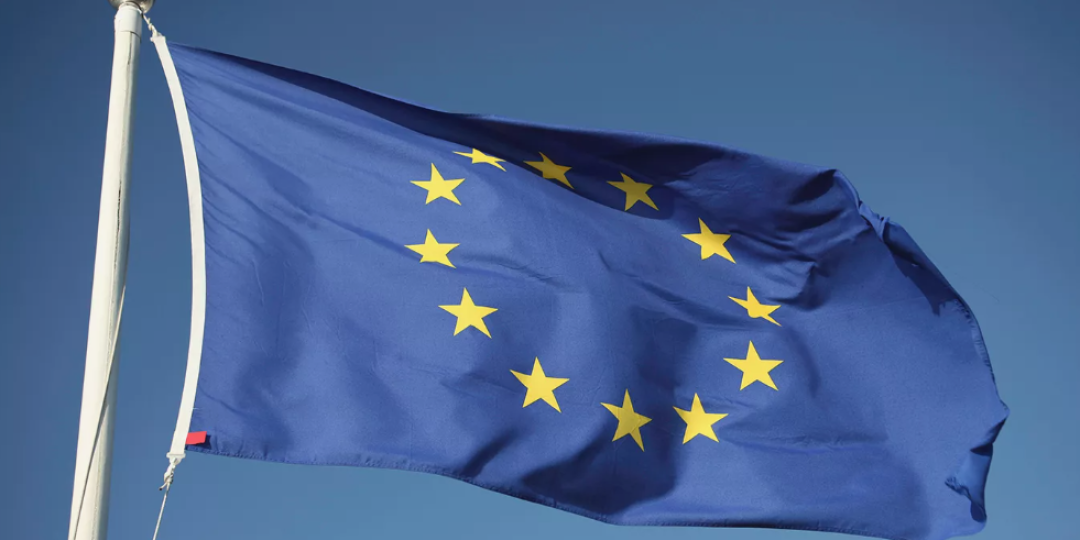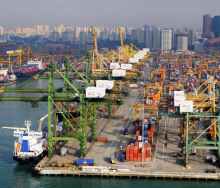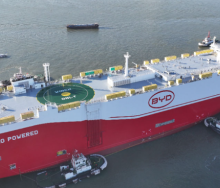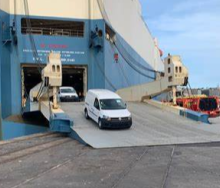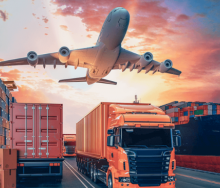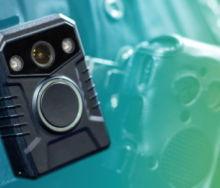The European Union has implemented a new customs pre-arrival security and safety program, supported by an extensive advanced cargo information system known as Import Control System 2 (ICS2).
This regulation will replace the current regulation ICS 1.
From June this year, all goods moved by maritime transportation destined for or transiting the EU, Switzerland, Norway, and Northern Ireland will be subject to ICS2.
Economic Operators (EOs) or shippers will have to declare safety and security data to ICS2, through the Entry Summary Declaration (ENS).
The pre-arrival security and safety program will support effective risk-based customs controls whilst facilitating the free flow of legitimate trade across the EU's external borders.
It represents the first line of defence in terms of protecting the EU internal market and the bloc’s consumers.
The new program will remodel the existing process in terms of IT, legal, customs risk management/controls, and trade operational perspectives.
The EU's new advance cargo information system ICS2 supports the implementation of this new customs safety and security regulatory regime.
It will collect data about all goods entering the EU prior to their arrival.
EOs will have to declare safety and security data to ICS2, through the Entry Summary Declaration (ENS).
According to the EU Commission, shipments will be stopped at the EU customs border if the data has not been submitted (in time) via ICS2.
Poor quality declarations will also be rejected by EU customs and may result in non-compliance.
EOs should prepare themselves by upgrading their systems to capture and process mandatory information, such as the six-digit harmonized system or HS0 code (place of receipt and House Bill of Lading), capturing data that supports customers with their ENS submissions.
The EU follows a multi-layered risk-based approach regarding customs security.
There are various activities and initiatives that complement each other, a number of different actors involved, from the governmental side, the private sector, international organizations, and major trading partners at different levels.
With this approach, existing security gaps can be closed effectively, duplication of work or conflicting responsibilities are avoided, and the balance between security and supply chain security is maintained.
